Moreover, two big Russian corporations have unveiled plans to produce hydrogen and Portuguese utility EDP said it wants to set up a a pilot project for a green hydrogen plant in Brazil.
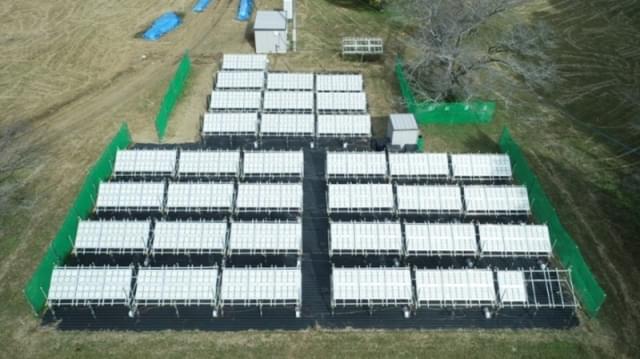


Earlier this year, researchers found a deposit of rare-earth minerals off the coast of Japan that could supply the world for centuries, according to a study.
The study, published in the journal Nature in April 2,018 says the deposit contains 16 million tons of the valuable metals.
Rare-earth minerals are used in everything from smartphone batteries to electric vehicles. By definition, these minerals contain one or more of 17 metallic rare-earth elements (for those familiar with the periodic table, those are on the second row from the bottom).
These elements are actually plentiful in layers of the Earth’s crust, but are typically widely dispersed. Because of that, it is rare to find any substantial amount of the elements clumped together as extractable minerals, according to the USGS.
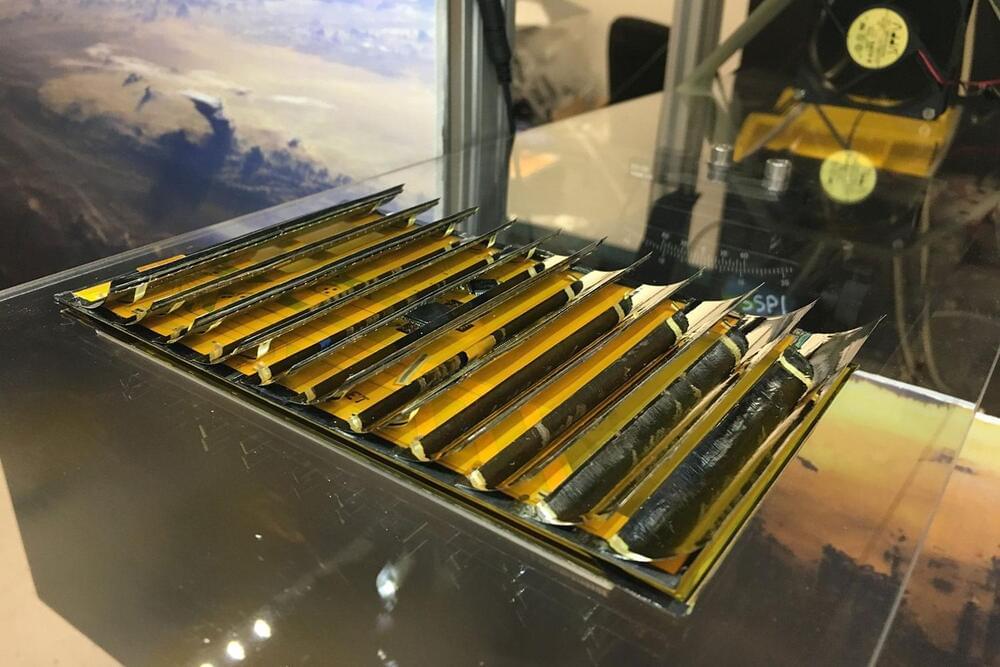
California Institute of Technology (Caltech) has received $100 million in funding for their Space-based Solar Power Project (SSPP), which is developing technology capable of generating solar power in space and beaming it back to Earth.
Caltech describes the project as “collecting solar power in space and transmitting the energy wirelessly to Earth through microwaves enables terrestrial power availability unaffected by weather or time of day. Solar power could be continuously available anywhere on Earth.”
The Space-based Solar Power Project has been underway since at least 2013 when the first donation arrived from Donald and Brigitte Bren. The gift is now being disclosed as SSPP nears a significant milestone: a test launch of multifunctional technology-demonstrator prototypes that collect sunlight and convert it to electrical energy, transfer energy wirelessly in free-space using radio frequency (RF) electrical power, and deploy ultralight structures that will be used to integrate them.

Tesla’s Gigafactory Nevada has achieved an incredible milestone. As seen in an image recently shared online, the expansive battery facility has formally produced its 1 millionth battery pack. This is a notable achievement, especially considering the uphill battle that Tesla and its battery partner, Panasonic, had to go through to ramp the facility’s battery production activities.
A picture of Gigafactory Nevada’s 1,000,000th battery was posted on the r/TeslaMotors subreddit. The special occasion was commemorated by the Giga Nevada team, with the battery pack being signed by numerous employees. A sign that read, “We have officially built 1,000,000 packs at Gigafactory Nevada,” could also be seen in the image.
Since starting its battery production activities in January 2,017 Gigafactory Nevada has played a key role in Tesla’s overall operations. The facility does not produce vehicles, but it manufactures powertrains and 2,170 battery cells for the Model 3 and Model Y, Tesla’s two mass-market cars. When it was initially pitched by CEO Elon Musk, however, the skepticism surrounding Gigafactory Nevada was notable.

New marque Automobili Estrema plans for its first model to reach 200 mph in less than 10 seconds and have a 325-mile range.
Automobili Estrema is a marque soon to become synonymous with extreme technology and performance in the hypercar stratosphere. Founded in 2020—a challenging year by any measure—the company is Italian through and through, though its team members and partners represent a global Who’s Who of leaders within the energy and automotive industries. Founder and CEO Gianfranco Pizzuto, an entrepreneur with an international business background, was the first investor and cofounder of Fisker Automotive in 2007. It was a bold venture into uncharted territory at a time when EVs were experiments and the first Tesla Roadster was still a year away. Now, as head of Automobili Estrema, he and his team have spent a year in virtual collaboration and accomplished what is nothing less than remarkable.
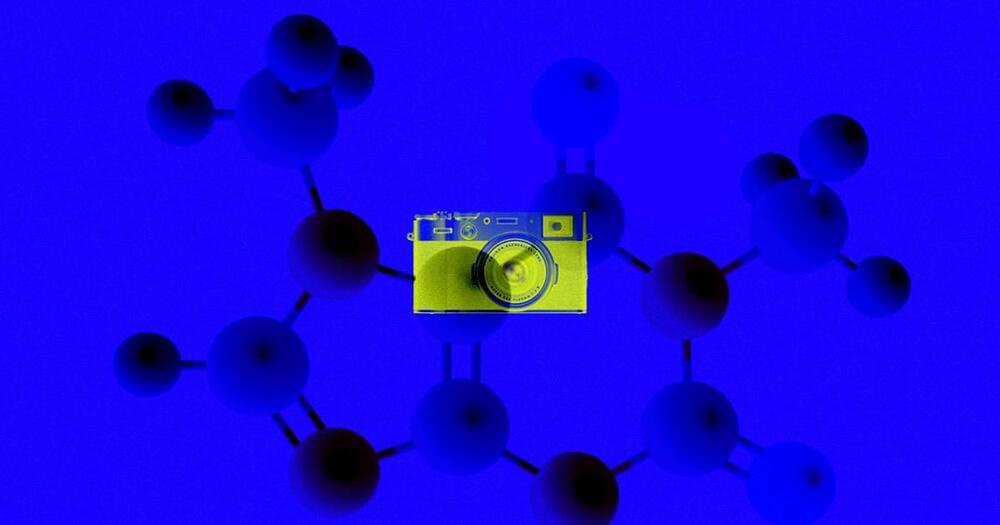
The device offers a far simpler way of monitoring how various chemical compounds form during reactions than the methods currently available to scientists, and the team that built the “camera” says it’s already using it to improve the technology behind solar cells.
Controlling the specific order and process of molecular assembly is notoriously difficult, especially at such tiny scales. Thankfully, the scientists realized that they merely had to plunk its components into room-temperature water — along with whatever molecules they wanted to study — and it would piece itself together automatically.
“We were surprised how powerful this new tool is, considering how straightforward it is to assemble,” first study author and Cambridge chemist Kamil Sokolowski said in a press release.
Video on Neom, the future city.
Earn money for charity just by browsing the internet when you sign up for Tab For A Cause here: https://tab.gladly.io/joescott.
NEOM is Saudi Arabia’s tentpole project in their Vision2030initiative to help move the Kingdom away from an oil-based economy and rely more on technology and tourism. It has some ambitious goals, like being 100% sustainable, moving all transport underground, and even glowing beaches. But the most noticeable thing about the project is the fact that the city will lie on a 100-mile line serviced by a hyperloop-style high speed train system.
But is it all it’s cracked up to be? Let’s take a look.
Here’s the link to NEOM’s official site: https://www.neom.com/en-us.
Want to support the channel? Here’s how:
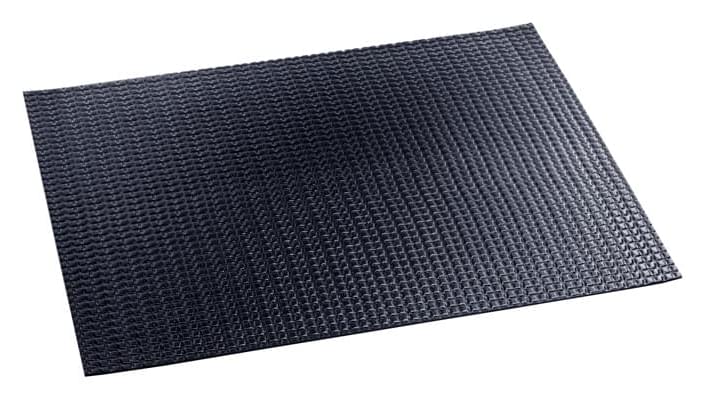

Delta Galil Industries, Ltd., a textile manufacturer of branded and private label apparel, is setting up a strategic partnership with Israeli startup Sonovia, a maker of textiles with sustainable and antimicrobial properties, to pilot the use of new fabrics for its product lines. Under the agreement, Sonovia and its machinery manufacturing partner, Brückner Textile Machinery, will install an ultrasonic fabric-finishing applicator at Delta Galil’s innovation center in Karmiel, Israel, to pilot the application of new, eco-responsible fabric finishes offering antimicrobial and anti-odor protection and other traits to products Delta manufactures for its global customers. Delta Galil Industries, founded in 1,975 is a maker of men and women’s underwear, bras, socks, baby clothing, leisurewear and nightwear. The brands it supplies its products for include Schiesser, Eminence, Athena and PJ Salvage. To date, Sonovia has developed two applications for its technology: an anti-bacterial, anti-odor and anti-viral application, and a spray to make textiles water-repellent.
The Ramat Gan, Israel-based startup, founded in2013by Shay Herchcovici and Joshua Herchcovici, uses a patented nanotechnology process developed at Israel’s Bar-Ilan University to embed particles, compounds, and molecules of desired properties directly into textiles, creating a fabric that retains its properties through multiple washings.
The company’s partnership with Delta Galil “constitutes a significant landmark” in Sonovia’s path to commercialize its technology and strengthens Delta Galil’s position as a specialist in high-performance, sustainable manufacturing innovation, the statement said.
“This strategic agreement with Delta Galil constitutes a vote of confidence in Sonovia’s eco-friendly, performance fabric-finishing technology from one of the world’s leading manufacturers of activewear and apparel,” said Sonovia’s chairman and CEO Joshua Herchcovici.
😗 😁 Runs on the water it is surrounded by and solar.
The Aquon One is a luxury solar – hydrogen yacht completely powered by rooftop panels that generate electricity to run its twin 100kW motors and also create hydrogen for fuel cells from the water the boat sails through.
The system is similar to that of the zero emission Energy Observer research vessel which is sailing around the world on solar, wind and hydrogen power and is currently in French Guiana on its way from France to Japan. The difference being that the Aquon is not a research ship, but the world’s first leisure catamaran powered by green (no fossil fuels involved) hydrogen.
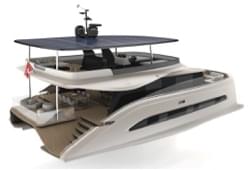 The company behind the yacht is Swiss Sustainable Yachts (SSY), formed in2018by Dr. Adrian Beer, a passionate yachtsman and serial entrepreneur who also founded and is CEO of the GrupoBeer corporation which advises and assists companies recovering from natural disasters.
The company behind the yacht is Swiss Sustainable Yachts (SSY), formed in2018by Dr. Adrian Beer, a passionate yachtsman and serial entrepreneur who also founded and is CEO of the GrupoBeer corporation which advises and assists companies recovering from natural disasters.